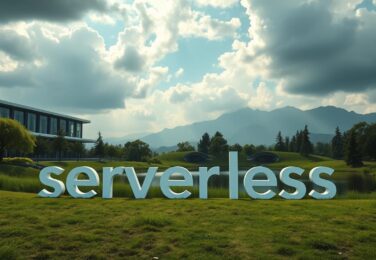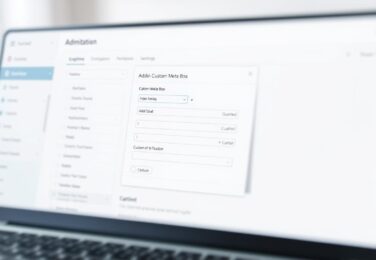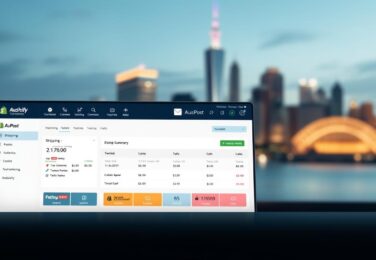21 January, 2023
Security Measurements You Should Take When You Go Live

Table of Content
Everyone should know the Security Measurements for live. When you go live with your WordPress website, there are several security measures you should take to protect your site and its data:
- Keep your WordPress and plugins up-to-date: Regularly update your WordPress core, themes, and plugins to ensure that any security vulnerabilities are patched.
- Use a strong and unique password: Use a strong and unique password for your WordPress administrator account and any other accounts that have access to your website.
- Limit login attempts: Limit the number of login attempts to prevent brute-force attacks.
- Use two-factor authentication: Use two-factor authentication for added security.
- Use a security plugin: Use a security plugin such as Wordfence or Sucuri to harden your website’s security.
- Use HTTPS: Use HTTPS to encrypt data transmitted between your website and visitors’ browsers.
- Regularly backup your website: Regularly backup your website’s files and database to ensure that you can restore your website in case of an attack.
- Use a web application firewall (WAF): Use a web application firewall (WAF) to block malicious traffic.
- Limit access to the wp-admin area: Limit access to the wp-admin area by IP address.
- Remove unnecessary themes and plugins: Remove unnecessary themes and plugins that are not in use.
- Use security keys: Use security keys in your wp-config.php file for added security.
- Regularly scan your website for malware and vulnerabilities: Regularly scan your website for malware and vulnerabilities.
- Disable file editing in the WordPress dashboard: Disable file editing in the WordPress dashboard.
- Use a Content Delivery Network (CDN): Use a Content Delivery Network (CDN) to serve static files and protect against DDoS attacks.
- Use a plugin to block IP addresses from known malicious sources: Use a plugin that can block IP addresses from known malicious sources.
- Limit access to sensitive files: Limit access to sensitive files such as wp-config.php and .htaccess.










